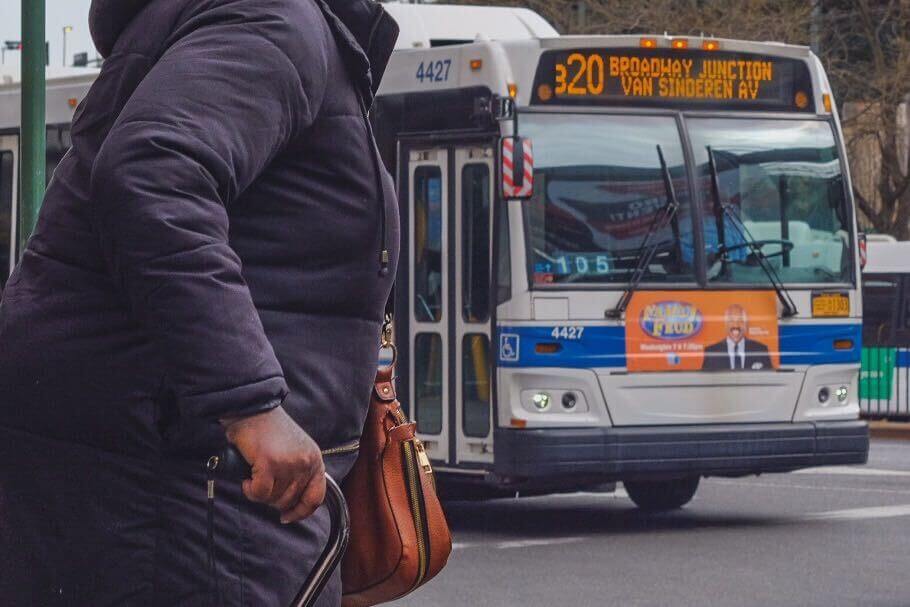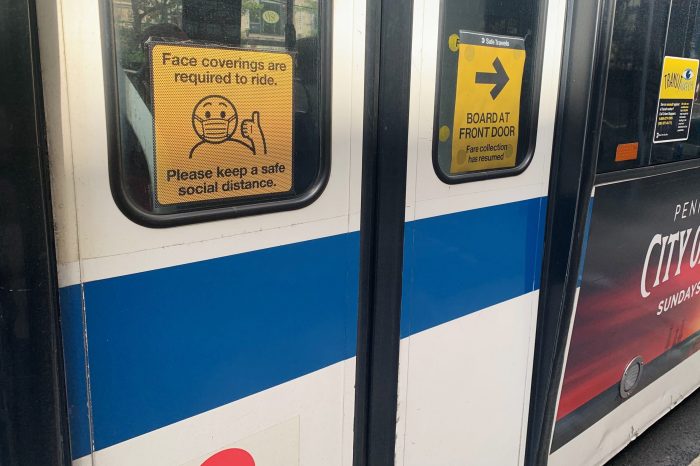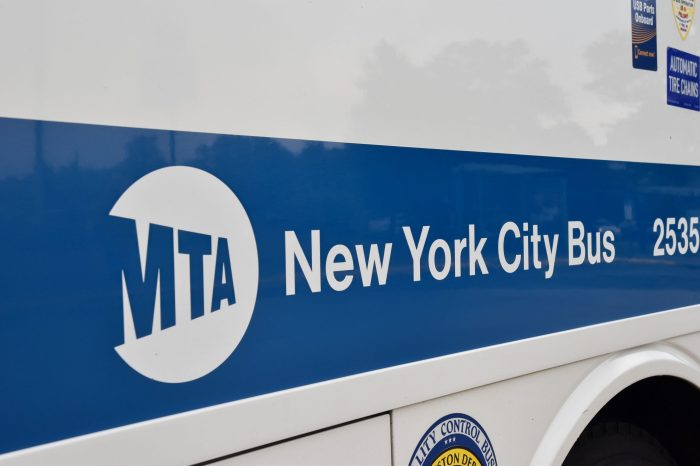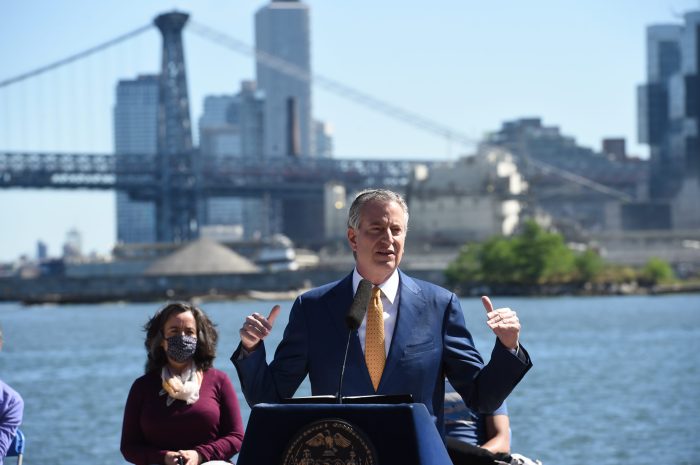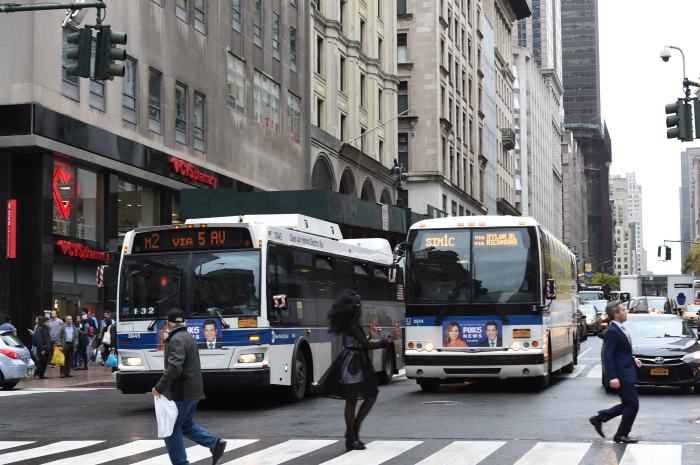The transit advocacy group Riders Alliance’s latest study shows that “doomsday” cuts to MTA bus and subway service could increase wait times by anywhere from 15 minutes to an hour depending on routes and train lines.
The MTA has said service may be slashed by up to 40%, and the authority has repeatedly called on the federal government to provide financial relief as the COVID-19 pandemic has stripped the agency of much of its revenue. But the Republican-led Senate, under the leadership of Kentucky Senator Mitch McConnell, has ignored their pleas since April.
Without the $12 billion requested of the federal government to see the MTA through the end of 2021, the Riders Alliance study shows that with doomsday cuts commute times, especially for minority groups and those working the healthcare industry, will face even longer commutes that the current 51 minute average.
“Transit service cutbacks will rob hours of precious time from millions of New Yorkers every week,” Riders Alliance Executive Director Betsy Plum said. “Public transit is the lifeblood of the city and the lifeline of millions of hard working Americans struggling to support their families and communities. The House of Representatives has voted twice to save transit and now the White House and Senate must act on pandemic transit relief.”
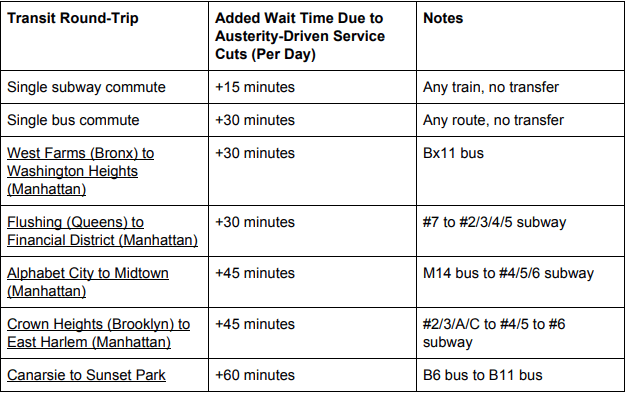
The MTA made no dispute of the projections set forth by the Riders Alliance nor did they discredit the lack of funding will have on essential workers in particular as New York City enters winter with the expectation of a surge in coronavirus cases.
“This report by the Riders’ Alliance underscores what we’ve been saying all along: access to transit is undeniably an equity issue,” MTA Spokesman Aaron Donovan said. “As with any potential service cuts, the harshest consequences are borne by those who rely on us most. If the federal government wants to honor doctors, nurses, police officers, transit workers, pharmacy assistants, grocery staff who are carrying us through this crisis, Washington will provide $12 billion in funding instead of ripping their commute out from under them.”
MTA Chairman Pat Foye has laid out that train wait times could increase by eight minutes on subways and by up to fifteen minutes for buses. A proposed a $1 fare increase alongside the 40% “doomsday” service cuts may be on the table if the federal government does not follow through. Altogether, the MTA could be looking at a $16 billion budget gap by 2024, something they have considered borrowing to alleviate.
If the agency borrows that $10 billion from the federal government to fund their operations, their debt could increase from $35.4 billion to $50.4 billion by 2024. Repaying lenders could take up a quarter of every dollar the MTA makes in revenue by 2023, according to a report from state Comptroller Thomas DiNapoli.
Read the full Riders Alliance study here.



